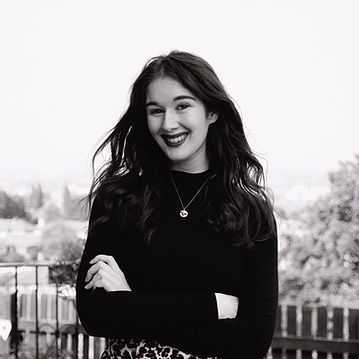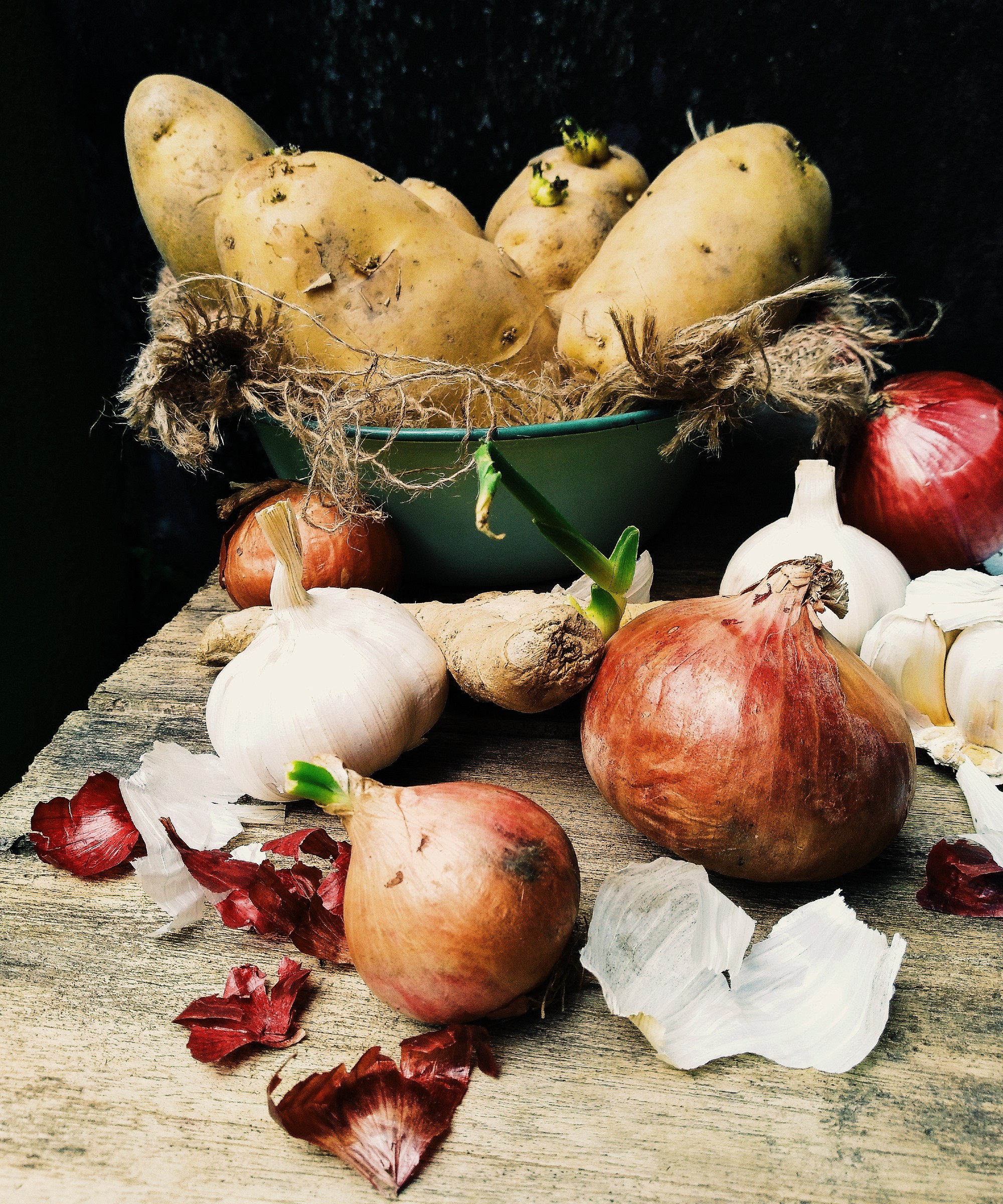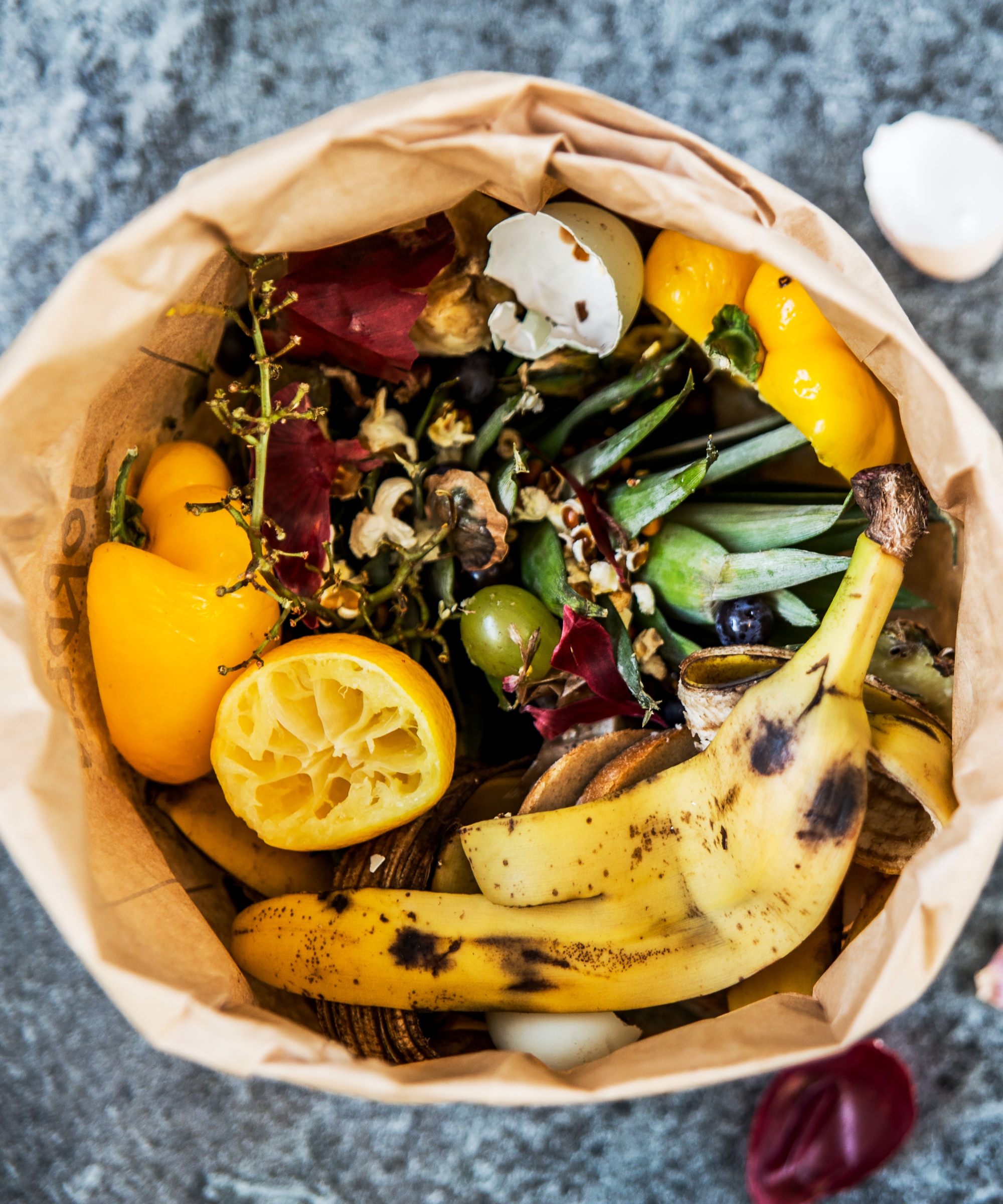Using vegetable peels as fertilizer – a natural way to nourish your plants
Using vegetable peels as fertilizer is an organic way to improve your plants' health and cut down on food waste


Using vegetable peels as fertilizer is a tried-and-tested method that we love. From celery and broccoli to the humble potato, these foods are famed for their healthy relationship to the human body. Experts have revealed that these pieces of organic goodness are just as impactful in the garden, where you can use your offcuts and leftover vegetables as a fertilizer – to boost your plant growth the natural way.
While this garden idea may sound surprising, the steps behind its success are refreshingly simple – and you will reap the benefits throughout the season ahead. This is how to use vegetable peels as fertilizer, the expert way.
Using vegetable peels as fertilizer – liquid method

There are two main ways to use your vegetable peels as fertilizer – the first involves creating a mixture using your peels and water. According to garden expert and the founder of Urban Organic Yield, Lindsey Hyland, this method comes with a host of benefits, including a 'high level of nitrogen, potassium, and phosphorus – all nutrients that plants need to thrive.'
Begin by collecting your vegetable peels and placing them in a container. Then pour water over the top of the leftovers until they are covered and leave them to soak for at least 24 hours. Then you should pour the mixture through a strainer (to remove the peels) before adding the remaining liquid to your garden beds or potted plants.
'Using vegetable peel as fertilizer, or banana peels as fertilizer can help to improve the structure of your soil and increase its ability to retain moisture,' Lindsey adds. 'And, if you want to regain control of your garden, using orange peels to deter pest will help tremendously.'

This method is also recommended by the founder of Hello Gardening, Michael Alves, who adds that this technique will drench your plants in 'micronutrients' and prevent you from having to invest in commercial fertilizer. This is the kitchen garden idea that may change how you plant for good.
Using vegetable peels as fertilizer – trench method

Another way to use vegetable peels as fertilizer is through a planting method – approved by Kelsey Lorencz, a Registered Dietitian Nutritionist at Graciously Green Eats.
'Vegetable peels and scraps break down and add nutrients like vitamin C… and calcium to the soil, which makes them ideal for composting. If you don't have a composting system, you can still reap the benefits of using vegetable peels in your garden to fertilize your plants and cut down on food waste,' Kelsey says.
You begin by digging a trench that is 8-12 inches deep in your garden before filling the trench with your vegetable peels and scraps. 'The smaller they are, the more quickly they will decompose to add nutrients to the soil,' the nutritionist explains.

Then cover the scraps with at least 6 inches of soil (to prevent pests from finding and digging them out). 'To avoid having to dig and fill as often, keep a bag in your freezer filled with vegetable peels and scraps and add them to the garden weekly or when it's full,' Kelsey adds.
When your kitchen ideas meet your garden, it's a match made in plant heaven. In addition to kitchen waste, consider making a plant fertilizer using weeds, such as nettles or dandelions, for an organic and natural solution in your borders.
Sign up to the Homes & Gardens newsletter
Design expertise in your inbox – from inspiring decorating ideas and beautiful celebrity homes to practical gardening advice and shopping round-ups.

Megan is the Head of Celebrity Style News at Homes & Gardens, where she leads the celebrity/ news team. She has a history in interior design, travel, and news journalism, having lived and worked in New York, Paris, and, currently, London. Megan has bylines in Livingetc, The Telegraph, and IRK Magazine, and has interviewed the likes of Drew Barrymore, Ayesha Curry, Michelle Keegan, and Tan France, among others. She lives in a London apartment with her antique typewriter and an eclectic espresso cup collection, and dreams of a Kelly Wearstler-designed home.
-
 Ina Garten's storage pantry is an insightful window into all of the best cookware used by the chef – and it's easy to recreate on your kitchen shelves from $48
Ina Garten's storage pantry is an insightful window into all of the best cookware used by the chef – and it's easy to recreate on your kitchen shelves from $48The beautiful dishware in The Barefoot Contessa's Hamptons pantry showcases the tools she uses most often to cook – this is exactly how you replicate it
By Sophie Edwards Published
-
 Extend the lifespan of your appliance with 5 simple but crucial washing machine maintenance tips
Extend the lifespan of your appliance with 5 simple but crucial washing machine maintenance tipsFrom cleaning the filters to keeping the door open, experts reveal the washer tips they swear by
By Andy van Terheyden Published